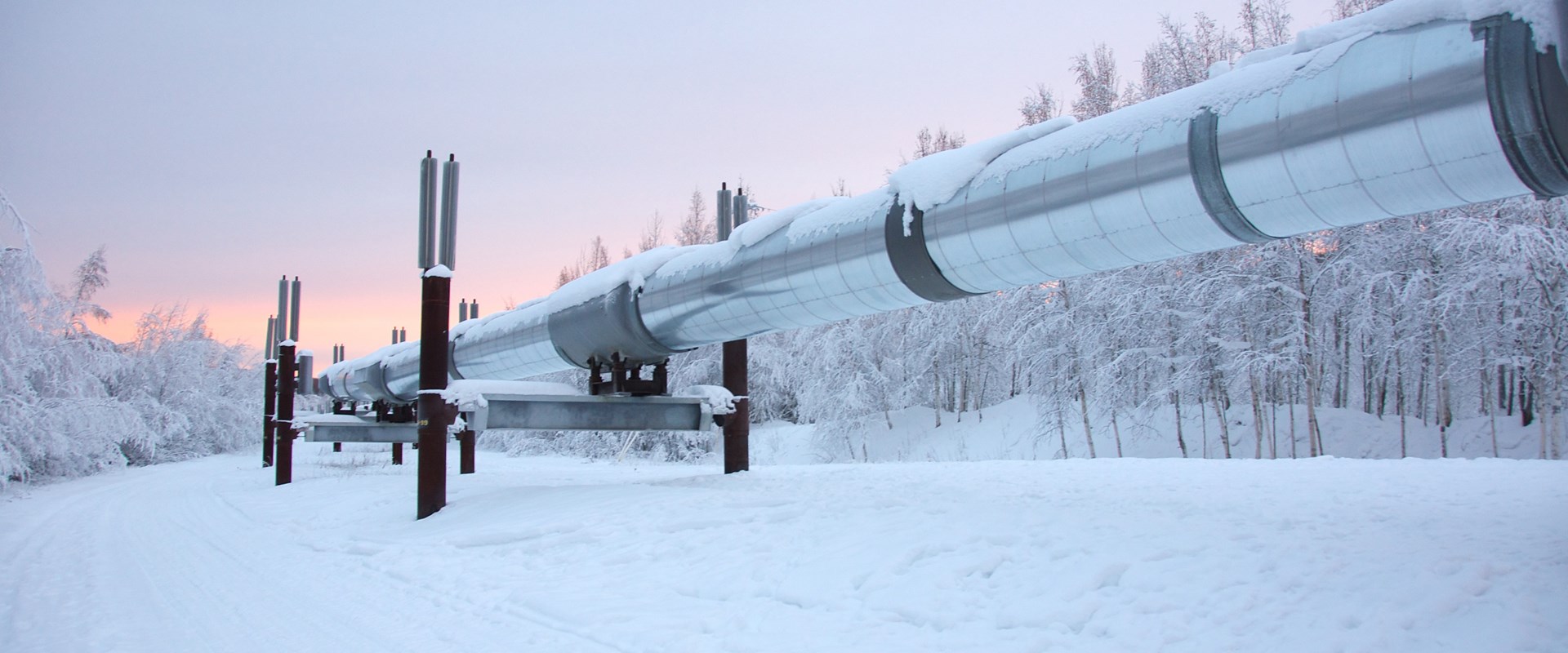Oil and gas pipeline design, construction and integrity management programs are employed to prevent product releases. However, not all programs perform flawlessly, and regulators require pipeline operators to develop and maintain leak management programs, including computational pipeline monitoring (CPM). The requirements for enhanced leak detection and management programs are being considered, and a range of above ground, ground and in pipe leak detection technologies are available and being evaluated.
To design a leak detection and management program or apply risk management to pipeline operations, linking the leakage rate or total release to the pipeline operational conditions, defect type, and pipe size is essential over time. Estimating leakage rate supports evaluation of release consequences and can support functional responses when incidents occur and remedial action strategies.
While basic leak rate models exist, they have been demonstrated to over predict leak rates. Based on this understanding, we submitted a white paper to the US Department of Transportation, Pipeline and Hazardous Materials and Safety Administration (PHMSA) outlining a full-scale trial and model development program to improve the current state of practice and knowledge.
As a result, we have been awarded a research project valued at $750K by PHMSA with industry co-funding from the Colonial Pipeline Company. The project is focused on developing liquid pipeline physical trial data from testing at our facility in Ottawa, Canada, to then use this data to validate enhanced modelling tools.
The investigation will experimentally consider wall dent fatigue cracks, stress corrosion cracking, corrosion pits, and weld seam defects. The modelling will feel both computational fluid dynamics to simulate leaks with the ultimate goal of developing simple analytical models that agree well with the physical trial data.
While this work will be intellectually and financially rewarding to us, it has caught the attention of the pipeline industry with the Pipeline Research Council International (PRCI) and its member pipeline operating companies. This project will provide a foundation building block to a PRCI Strategic Research Priority on leak detection and mitigation.
